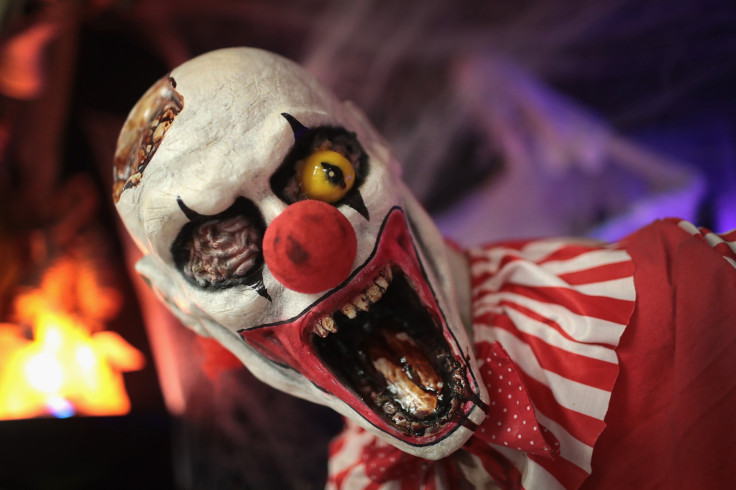Halloween Facts 2018: 11 Lesser-Known Things About All Hallows' Eve

Traditions of dressing up in the scariest costume you can find, going trick or treating if you are kids and hosting spooky parties might be some of the more popular aspects associated with Halloween, but there are many other lesser-known facts related to one of United States’ most popular holiday.
For instance, did you know All Hallow’s Eve is a holiday that dates back to America’s colonial era? Or why animals like owls and cats are associated with Halloween?
Find out interesting facts about Halloween, ahead of Oct. 31, courtesy of Mirror Online and Tucson News Now:
1. Did you know how the owl became synonymous with Halloween and the spirit of horror the holiday represents? Owls were thought to be witches in the medieval times and the bird’s call meant someone had died.
2. If you spot a spider on the spooky holiday, it believed to be the embodiment of a deceased loved one’s soul who was keeping a caring eye on you.
3. The tradition of putting on masks initially started with pagans putting on animal skins and heads 2000 years ago, in order to ward off evil spirits at the time of Halloween. The practice revolved around the belief the evil spirits will be perplexed by the disguises put on by human beings and mistake them for spirits like them, hence will not try to harm them.
4. In a similar manner, the tradition of trick or treating wearing scary costumes started because people believed ghosts would disguise themselves as humans and go from door to door asking for food or money. If their request was denied, the ghost would begin haunting the house of the one who refused it.
5. Although one cannot imagine Jack O’Lanterns being carved from any other vegetable than a pumpkin, it was not the original vegetable of choice for the popular hallowed decoration. Believe or not, the creepy lanterns were carved from turnips when the British originally began the tradition. Turnips were replaced by pumpkins when the Irish took over the tradition.
6. While Halloween does not immediately remind one of cakes, the holiday celebrations in colonial America involved the baking of a Halloween cake. Bakers would put in all sorts of things into the cake as surprises and a fun way to predict the future. For example, if one happened to find a thimble after biting into the cake, he or she was said to be unlucky in love.
7. It was once believed cats protected the powers of witches, which was why they are associated with Halloween.
8. Are you scared of Halloween? You probably have Samhainophobia.
9. Halloween was known by various names, including All Hallows’ Eve, Witches Night, Lamswool Snap-Apple Night, Samhain and Summer’s End.
10. In some Scottish towns, Halloween used to be called “cabbage night” because girls would play a fortune-telling game on the day using cabbage stumps to predict information about their future husbands. A parody of the tradition was developed by teens in Massachusetts later on, when, instead of playing future-predicting games, they would throw cabbages at their neighbor’s homes.
11. Legend has it, if he or she wears his or her clothes inside out and backward on Halloween, he or she will be able to spot a witch at the stroke of midnight.
© Copyright IBTimes 2024. All rights reserved.






















